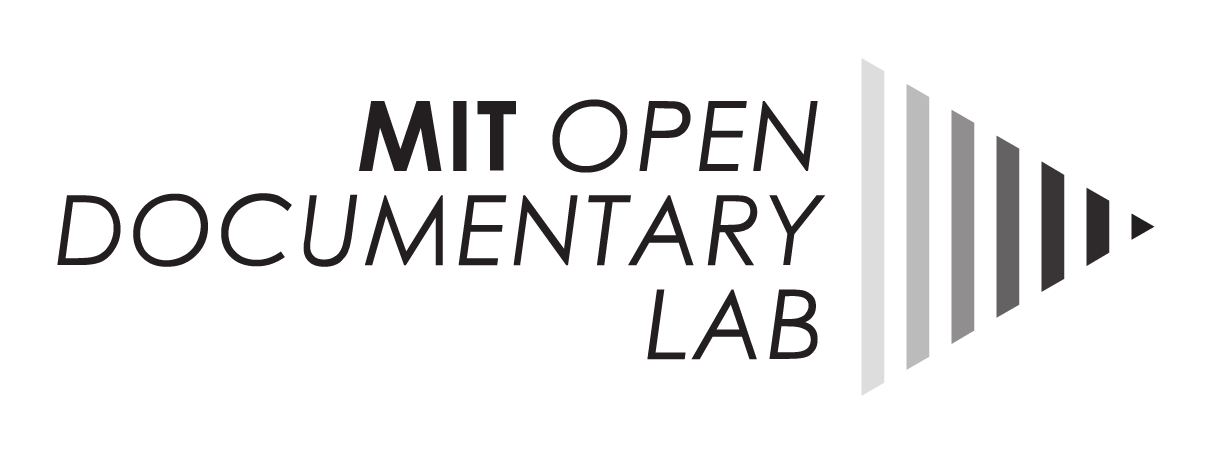
04 May Funding Models for Documentary. Part 1: The Audiovisual Documentary | Arnau Gifreu
Funding Models for Documentary
Part 1: The Audiovisual Documentary
By Arnau Gifreu
Interactive and transmedia projects are usually complex and require various production skills. Financing projects that require designers, programmers and filmmakers to work together can be overwhelming, therefore seeking funding from diverse sources and budgets is a good strategy. Producers also need to be prepared for the fact that the project may change depending on the funding source.
To effectively finance a project, producers should specify what investors will get, including giving detailed explanations of how their money will be invested and to what degree they will be involved in the project. The funding model will probably be a mixed formula, so it’s crucial to have various strategies to attract actors such as broadcasters, producers, major brands, newspapers, private or charity institutions, etc.
Pioneering countries in the production of interactive and transmedia documentaries like France and Canada have created a solid framework of actors, not only for production but also for the funding of these works, while other countries are starting to produce and create interesting interactive stories. Despite the delicate global economic situation, there are excellent opportunities for innovation in this field because the digital environment has led to new ways of creating interactive and transmedia documentaries. In this series of posts we will focus on possible models for financing audiovisual, interactive and transmedia documentaries.
Models for Financing the Audiovisual Documentary
The international audiovisual market has been in serious crisis since the end of the first decade of this century. Internationally, the decline in economic aid for audiovisual production, the severity of the economic crisis, and new consumption patterns have forced producers to create new ways of funding their audiovisual projects.
The traditional model of producing a documentary starts with a broadcaster or a producer with an idea, who then seeks alliances. Typically, the most active broadcasters in this format (BBC, ARTE, NFB, RTVE, CANAL +, TV3, etc.) have sufficient funds and resources to produce the feature documentary autonomously, but this may not be the case for regional and county broadcasting entities. A producer needs to find allies (broadcasters or other producers) to co-produce a project with certain guarantees, to obtain alliances of specific funds for production, make pre-sales of the movie, or find formulas such as online platforms for cinema downloads, DVD sales or sponsorship.
One alternative form of financing audiovisual products is the crowdfunding system. In this model, the public finances projects with small amounts of money, sometimes in exchange for services or special products when the project is completed (see Kickstarter platform). For example, in 2011 “Kifund” was ranked the first crowdfunding platform dedicated specifically to audiovisual products (Martínez et al, 2013, p.90).

Another option is the crowdsourcing system, which is based on collective production of the work while engaging the viewer in the story. This is a collaborative model in which the public can participate in carrying out a project through an open call. One feature of this format is that projects must follow the Decalogue requirements of the Open Source Initiative: transparency—progress or delays should always be communicated to participants; participation—users can participate by contributing ideas, becoming involved in the work process or funding it; collaboration—all proposals should be listened to and respected; freedom—the final product should be distributed on the network and the material used should be freely available to users (Martinez et al., 2013, p. 88).

The principles of free software are also applied in hackatons (see Tribecka Hacks), or meetings of web developers and other professionals in which prototypes or finished software projects, interactive products or applications are designed and developed in a limited period of time, usually between one day and one week. Although these events cannot be considered funding models in themselves, the reality is that they are becoming increasingly popular because they are excellent learning nodes. Also, being based on free software principles makes it possible to reuse and improve collective proposals that have been previously established.
Another model is the collaborative documentary, a type of documentary developed with the contributions of people who give time, resources or expertise rather than money. A comprehensive list of documentary funding resources for U.S. and international projects can be found at the POV website.
Arnau Gifreu and Valentina Moreno
References
Gifreu-Castells, Arnau; Moreno, Valentina (2014). Estrategias y modelos de financiación del documental interactivo y transmedia [Strategies and financing models for interactive and transmedia documentaries]. Fonseca, Journal of Communication, n. 9, pp. 41-63. ISSN: 2172-9077.
Gifreu-Castells, Arnau (2013). El documental interactivo. Evolución, caracterización y perspectivas de desarrollo. [The interactive documentary. Evolution, features and development perspectives]. UOC Press. Editorial UOC. ISBN: 978-84-9064-035-7.
Gifreu-Castells, A.(2013). El documental interactiu com a nou gènere audiovisual. Estudi de l’aparició del nou gènere, aproximació a la seva definició i proposta de taxonomia i d’un model d’anàlisi a efectes d’avaluació, disseny i producció [The interactive documentary as a new audiovisual genre. Study of the emergence of the new genre, approach to its definition and taxonomy proposal and a model of analysis for the purposes of evaluation, design and production][PhD]. Barcelona: Universitat Pompeu Fabra. Departament de Comunicació.
Martínez, Francisco David y Alberich, Jordi (2013): Plataformas y proyectos de crowdsourcing y crowdfunding cinematográfico en España [Platforms and crowdsourcing and crowdfunding film projects in Spain]. Historia y Comunicación Social, vol. 18, pp. 85-95. Available at: http://dialnet.unirioja.es/servlet/articulo?codigo=4652314 [Fecha de consulta: 19 de junio de 2014].
Moreno, V. (2013). El Documental Interactivo, una aproximación a un género en gestación [Interactive Documentary, an approach to a genre in pregnancy][Master’s Degree Thesis]. Madrid: Universidad Complutense de Madrid. Facultad de Ciencias de la Información.
Bonus tracks
C. Brabham, D. (2013). Crowdsourcing. The MIT Press Essential Knowledge series
ISBN-13: 978-0262518475. http://mitpress.mit.edu/books/crowdsourcing
Löwgren, J.; Reimer, B. (2013). Collaborative Media: Production, Consumption, and Design Interventions. MIT Press. http://mitpress.mit.edu/books/collaborative-media
POV. Documentary Funding Resources. http://www.pbs.org/pov/filmmakers/documentary-funding-resources.php#.VUYy_2Ttmko
Rose, M. (2011). Four categories of collaborative documentary. Collabdocs.
https://collabdocs.wordpress.com/2011/11/30/four-categories-of-collaborative-documentary/
Steinberg, S. (2012). The Crowdfunding bible. How to raise money for any startup, video game, or project. http://www.crowdfundingguides.com/The%20Crowdfunding%20Bible.pdf
Crowdsourcing.org Website: http://www.crowdsourcing.org/
Crowdsourcing Results Website: http://crowdsourcingresults.com/
Open Source Movement Website: http://opensource.org/



